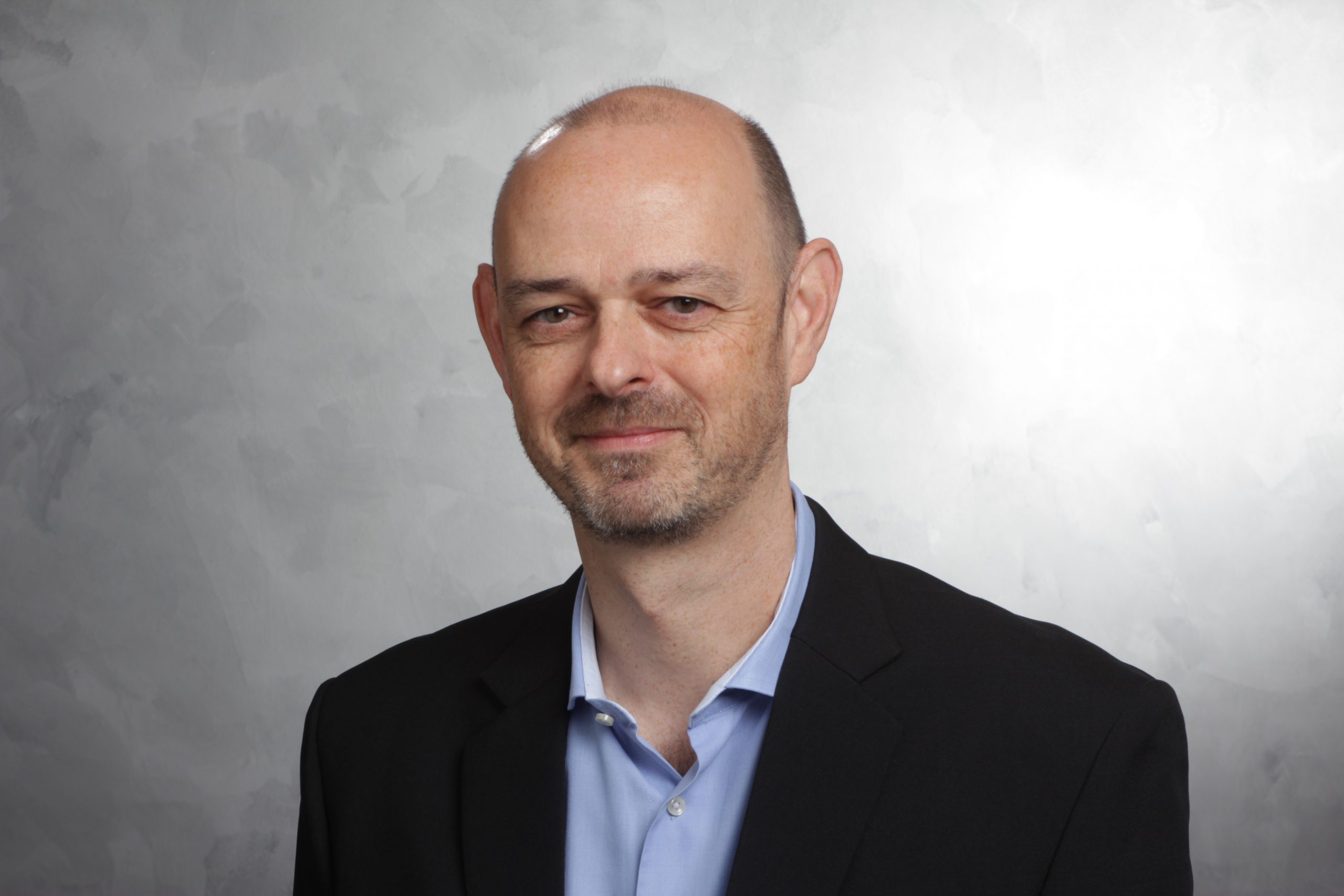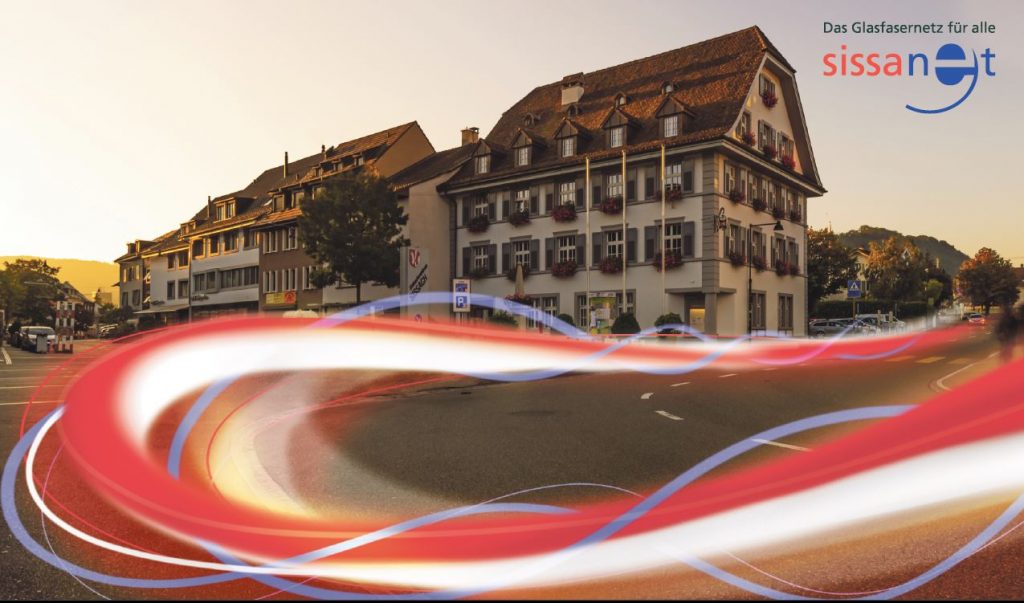The first neighbourhoods in the district capital of Sissach are already served by Elektra Sissach's state-of-the-art "sissanet" fibre-optic network. By the end of 2023, all residents and the entire economy will ultimately benefit from the sorely needed increase in performance. Together with Axians, Elektra Sissach has implemented the expansion of the fibre-optic network, which is so crucial for the region. In this interview, Stephan Jurt, Managing Director of Elektra Sissach, provides insights into the significance of the project for his company and the long-standing collaboration with Axians.
How important is the expansion of the fibre-optic network for the municipality of Sissach and the region?
This municipality is an important centre in the Upper Basel area, has over 6,700 inhabitants and a diverse economy that is active far beyond our region. The convenient location with direct motorway access and excellent public transport connections have always contributed greatly to the high attractiveness of the area. Another aspect in this is the provision of a modern and, above all, high-performance fibre-optic network that can reliably and quickly provide the rapidly growing volumes of data from business and private households. We aim to ensure this for the long-term with our investments in our sissanet.
Which services provided by Axians do you particularly appreciate?
Their support during the decision-making phase was particularly valuable to us. Investment in a fibre-optic network is not only important for Elektra Sissach, but also for all residents and the entire local economy. We wanted to be confident that timing was right, the technology was right, and our approach was tailored to the needs of our community. Of course, it was also crucial for us to take into account imminent requirements at an early stage, such as smart electricity meters. Axians’ consulting services started about four years before construction began and accompanied the decision-making bodies up to the local administrative board. During this process, numerous analyses were carried out to determine the opportunities, risks and benefits of a new fibre-optic network in Sissach and a comprehensive concept was drawn up. That helped us a lot. We also greatly appreciated Axians’ performance as general contractor. Thanks to good planning, construction management and coordination with all the subcontractors, Axians was able to take a load off our shoulders and complete the individual construction stages smoothly according to plan.
«We have been able to successfully complete phases 1 and 2 thanks to the excellent analysis, engineering, fibre planning and construction management carried out by Axians. We are thrilled that we can continue to count on the support of the specialists at Axians in the coming phases.», summarised Stephan Jurt, Managing Director of Elektra Sissach.
What were your reasons for choosing Axians as the general contractor?
Certainly, their planning and implementation experience from many fibre-optic network projects for large, but also small network providers, was important for us. But equally decisive for us was the quality of Axians’ advice and expertise during our four-year decision-making and preparation phase.
How would you sum up collaboration with Axians?
No less than 50 years ago, GGA Sissach started with the construction of a coaxial network, which was originally primarily aimed at the distribution of television and radio signals and was recognised as having pioneering character far beyond our region at that time. We have continuously developed it to serve the constantly growing needs of our households and economy. During this time, we have also gathered a great deal of our own experience and know-how. A cooperative partnership quickly developed on an equal footing with Axians’ specialists on this basis. Both sides were able to contribute and thus create optimum solutions together as they were needed. The resulting planning dependability and adherence to schedules ultimately also benefited the subcontractors involved in the construction work. Throughout the seven-year cooperation – from initial preparations to the acceptance of the first construction phases – the kind of services we needed was constantly changing. Despite this, we have always been able to count on technically appropriate support for the respective phase from a single source.



